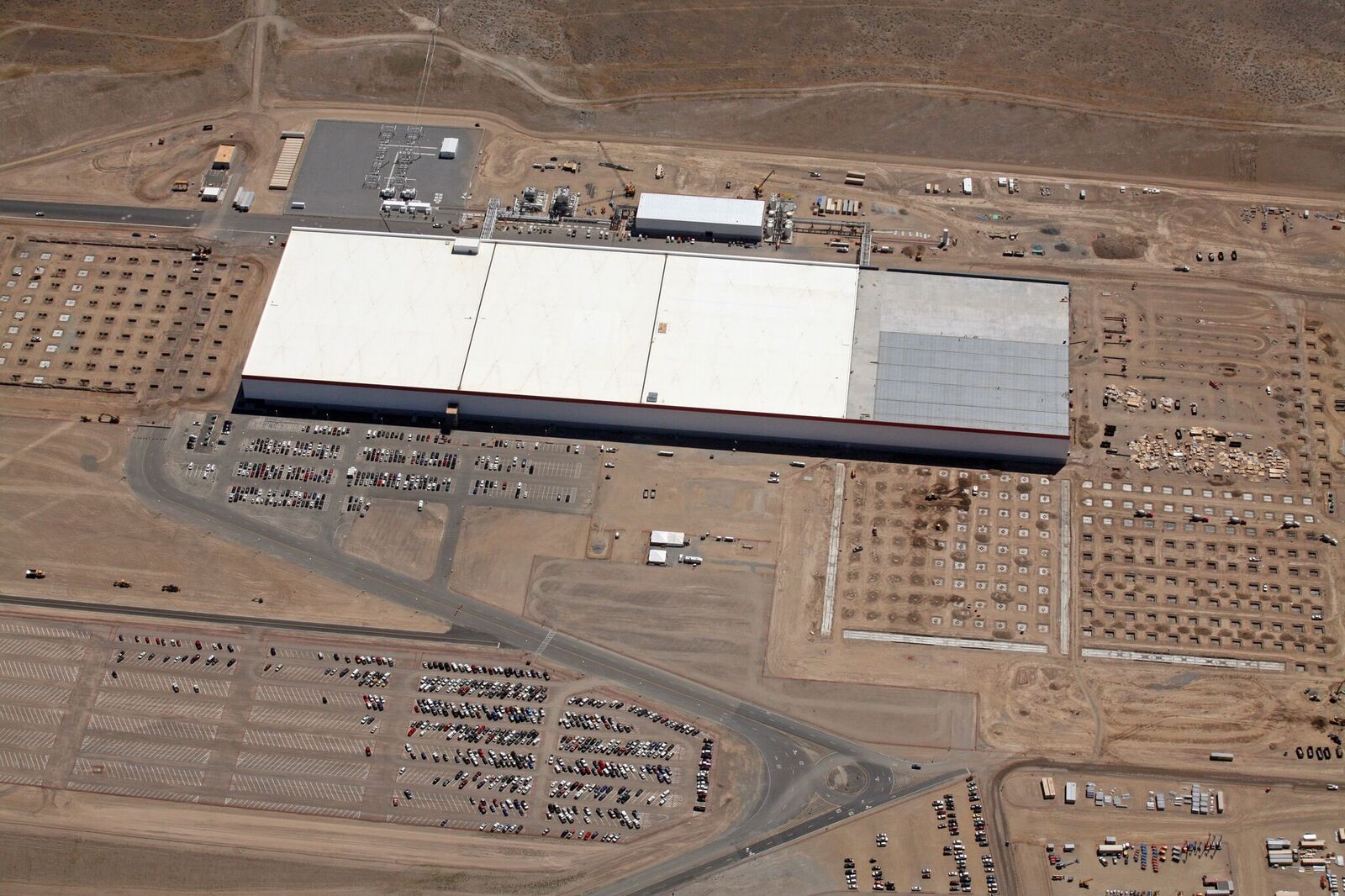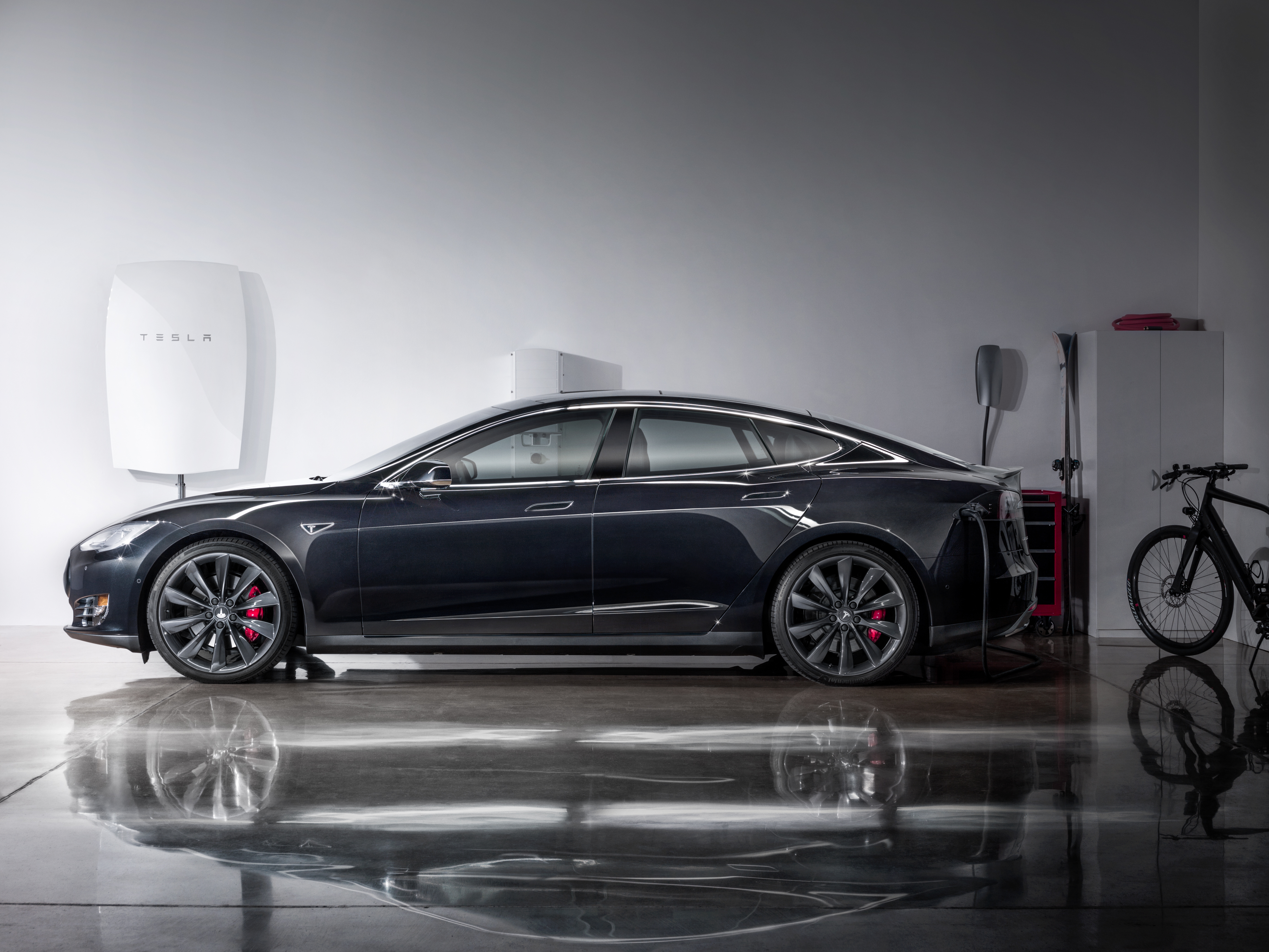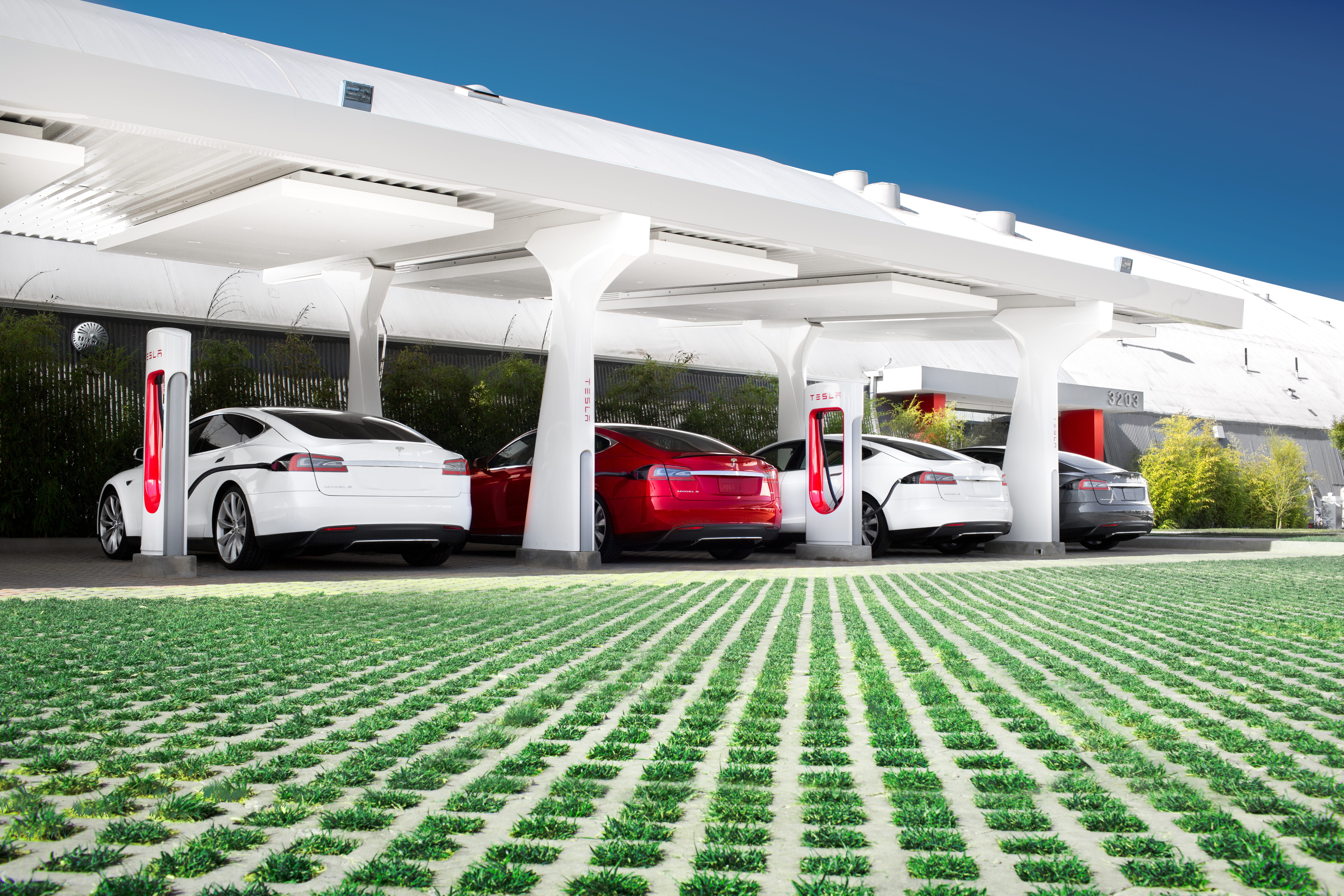
The futuristic Tesla Gigafactory could literally power the world. It’s just that important.
With patience, guile and no shortage of skill, Elon Musk has annexed the world energy industry with an ever-improving line of batteries. This factory was never about cars. It was always bigger than that.
Now Tesla has the Powerwall and the purchase of Solar City is the final piece in the puzzle. Now Tesla has the capacity to capture, store and release the power for your home, car and almost certainly the rest of your life too.
This isn’t just a landmark, it could turn out to be a moment in history.
So here is everything you need to know about Tesla’s Gigafactory!
Table of Contents
1. What does Gigafactory mean?
The name represents the planned production capacity of 35 Gigawatt Hours (GWh). Giga is actually a real unit of measurement that represents billions and a GWh is a way of saying you’re producing, or spending, one billion watts an hour. That’s 1 million times more than the kWh measurements we normally see. So it’s a lot of energy.
2. Where is it?
Sparks, Nevada. I know, right? An electric power storage company setting up in a place called Sparks just cannot happen. Not in the real world. But this isn’t the real world, this is Elon Musk’s place.
Others might say it’s outside Tahoe, or it’s in Washoe County, which it is. But we’re going to stick with Sparks, because it makes us happy too.

3. The Tesla Gigafactory is big, really big…
The factory covers 126 acres, which is roughly the same as 100 football fields. It’s 71 feet tall and it’s the second largest building in the entire world by volume. It has 13.6 million square feet of floor space and the only building that is more voluminous is Boeing’s Everett Plant in Washington State. They build planes in there, that’s how big this building really is.
There is plenty of space to expand, too, as the site is three times bigger than Central Park.
4. It’s also really, really expensive
Tesla will put in more than $2 billion and the whole affair is going to cost in the region of $5 billion. So if something comes along to usurp battery power between now and the completion of this factory, Elon Musk will be collecting food stamps.

5. It’s borderline indestructible
The Tesla Gigactory is built on foundations that cost $16 million and it’s basically earthquake proof. It’s a modular building made of four different parts that can flex and withstand a natural disaster, or maybe a nuclear strike if the power company gets really mad.
6. Panasonic is a partner
One of the world’s biggest battery suppliers wanted a piece of this action and Tesla won’t just supply its own cars. It will build batteries for others, too, and the economy of scale means it can lower the price of lithium-ion batteries across the board. It can also focus on R&D with new technology.
7. Even the factory is green
It won’t just produce green technology, the factory itself will be powered by renewable energy. As it will supply batteries to the world and the boss now owns one of the biggest solar panel manufacturers in America, that probably isn’t a huge shock.
It won’t just rely on solar energy, though. The Tesla Gigafactory will use geothermal and wind power, too.

8. It’s shaped like a diamond, for a reason
The Tesla Gigafactory is shaped like a baguette cut diamond and it’s pointed towards True North, but there’s nothing romantic about it. The shape means that the mobile solar panels on the roof are easier to orientate and the basic shape was designed so that the builders wouldn’t have to move as much Earth to get it in place.
9. It won’t be fully operational until 2020
There’s a lot left to do. The basic structure is in place, but an army of people will work around the clock to get the factory up and running at full capacity.
10. But it will save Tesla’s bacon in the meantime
Tesla has an ambitious plan to produce 500,000 cars next year. There’s one small fly in that ointment, that would have represented the world’s entire supply of lithium-ion batteries. Without this factory, the Master Plan Part Deux would have fallen flat at the first hurdle.
Musk anticipates the Model Y will send Tesla screaming through the 1 million cars a year mark. So the Gigafactory, like the Fremont assembly plant, will have to scale up fast.
11. 6500 people will work here
It might look like an evil villain’s lair, but this facility will be where 6500 people come every single day to build batteries and change the world.
12. It will turn old trains into batteries
We don’t have the details yet, but Tesla is planning large scale recycling. That includes taking train carriages into the facility in Reno and turning them into batteries. We don’t know how either, but it sounds immense.

13. It will cut the cost of battery-powered cars
Economies of scale come into play here and Tesla’s next generation of batteries will be 30% cheaper than ever before. Musk has already worked that in to the pricing of the Model 3. If he can apply the same savings to the Model S and Model X, then prices of a new Tesla could actually come down.
14. It will make batteries three times faster
Efficiency lies at the core of the company philosophy and Tesla will build batteries three times faster. Musk won’t be drawn on exact numbers, although he says that the finished cells will leave the line “faster than bullets from a machine gun.”
15. There will be more Gigafactories
This isn’t the end, it’s just the beginning. Tesla intends to build more Gigafactories around the world as battery power slowly takes over our lives. This one will supply Tesla cars and cope with light demand for Powerwall batteries.
But as the population switches to solar panels and batteries en masse, Musk already knows he will need more. This facility is called Gigafactory 1 for a reason.